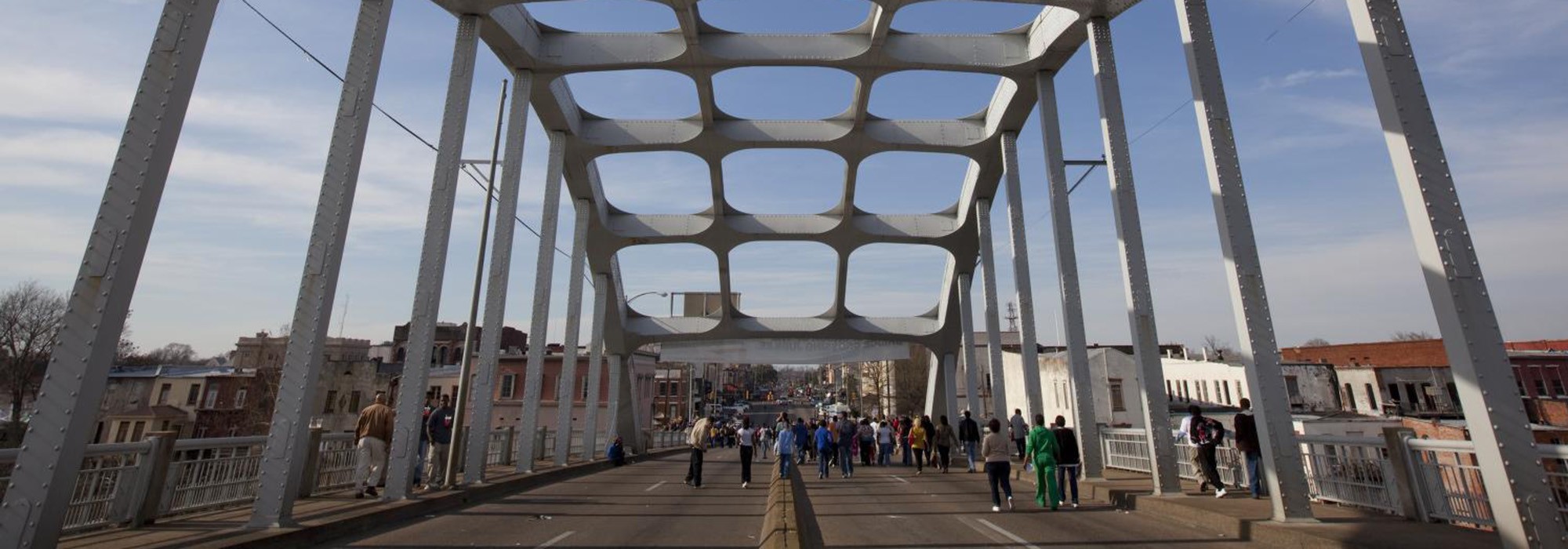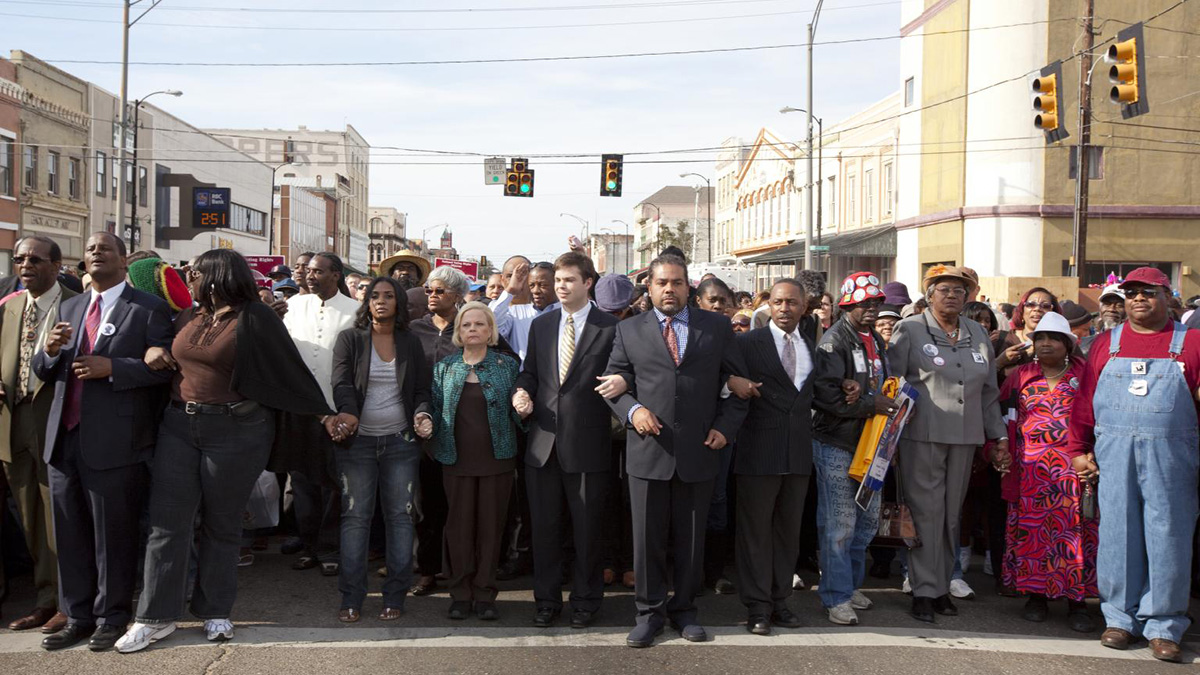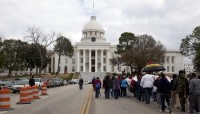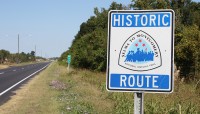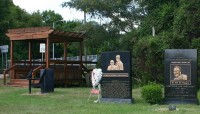Spanning three counties of the state’s southern and central region, this 54-mile route commemorates the five-day march that drew widespread attention to the fight for African American civil rights. Led by Dr. Martin Luther King, Jr., the nonviolent demonstration drew upwards of 8,000 people, including white participants, and garnered widespread media coverage in the lead-up to the Voting Rights Act of 1965. Set entirely in the “Black Belt,” a region where fertile soils that supported centuries of cotton and tobacco plantations were later purchased by emancipated citizens, these majority African American counties shaped critical locations for political organizing in the segregated South. The march resulted from a coalition of civil rights organizations, including the SCLC (Southern Christian Leadership Conference) and the SNCC (Student Nonviolent Coordinating Committee). Preceded by violent confrontations to protests across the southeast United States, and the targeted killings of voting-rights activists in Mississippi, the immediate catalyst for the march was the murder of Jimmie Lee Jackson in February 1965.
Participants set out from the Brown Chapel African Methodist Episcopal Church on March 21st, after two previous attempts known as “Bloody Sunday” and “Turnaround Tuesday.” Marchers departed southeast on Sylvan Street (now Martin Luther King Jr. Street) to cross the Edmund Pettus Bridge; walking on to U.S. Route 80, those marching passed streets where protesters were injured two weeks prior. Much of the trail rests on the interstate highway, skirting the Alabama river and navigating a rolling terrain of farms, pastures, swamps, and woodlands. Before terminating on Dexter Avenue at the footsteps of the State Capitol, the route encounters numerous Historic Landmarks, including the church and bridge noted earlier. Other sites have noted significance, including three private farms, volunteered by African American landowners as campsites between legs of the march. In 1996 the National Historic Trail was established as a National Park.



